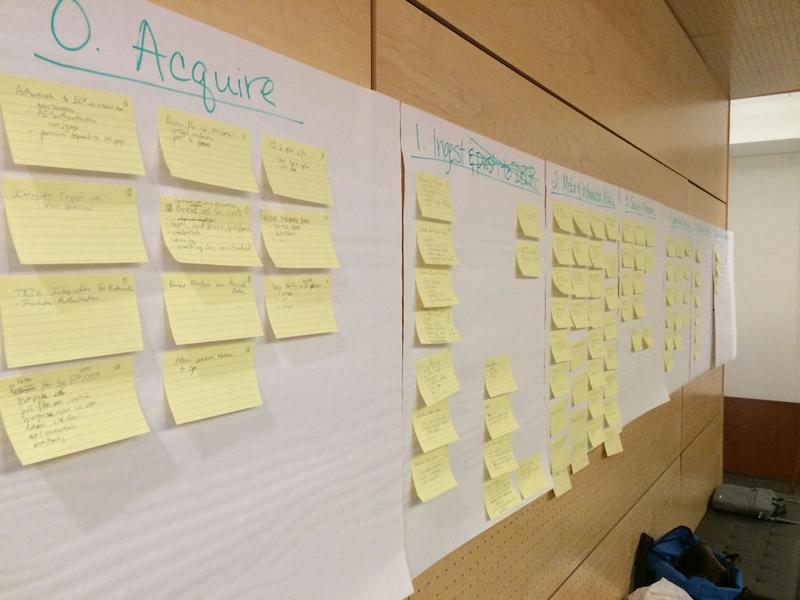Enter the Dojo
Posted

One of the better managers never really ‘got’ agile. He would call it ‘fragile’: half in jest, half, I suspect, because he knew how much it wound me up. But, he had a point: Agile is often fragile: a team can get great results with it and then, something changes, and it can be back to square one. Repeatability of agile across teams is hard.
If you’ve never personally experienced agile really working, as I don’t think my manager had, it takes an even greater leap of faith: Here’s something about which the team get really excitable yet seems to take away much of the certainty that more traditional approaches promise, no matter that that certainty is usually a mirage.
While any team can adapt agile practices such as TDD or retrospectives, at some point the desired working model of the team will run up against the standing organizational culture of projects and programs. The higher in the organizational structure we can push this interface, the more truly agile teams can be.
For large scale enterprise adoption of agile then, you need a CIO, CTO (or preferably both) who ‘gets’ agile and will support and drive the cultural changes needed for agile to become the standard. Their problem then becomes:
- establishing a desire for change: ‘what we’re doing isn’t working’
- building the business case: convincing/indentifiying stakeholders to take the leap of faith
- providing the space, tooling and education to the implementing teams to make the transition successful and durable
The best tool I’ve encountered for the last point is the Dojo. I first encountered an agile Dojo on a visit to the Target headquarters. The model was simple yet effective: establish a learning space into which a team — with stakeholders — is placed for several weeks. Surround the team with experts on agile and associated techniques. Identify business value that the team want to deliver and then use rapid iteration to practice the agile ceremonies until they become muscle memory.
We cribbed from Target at my previous employer and found the model to work really well, with the caveat that, like all organizational change, you have to keep at it: you can’t run a couple of Dojos and claim success.
I’ve yet to find a better way perhaps because a Dojo indicates a significant commitment of organizational resources and therefore alignment for success. If you haven’t tried it yet, I recommend it: just make sure senior leadership is on board.